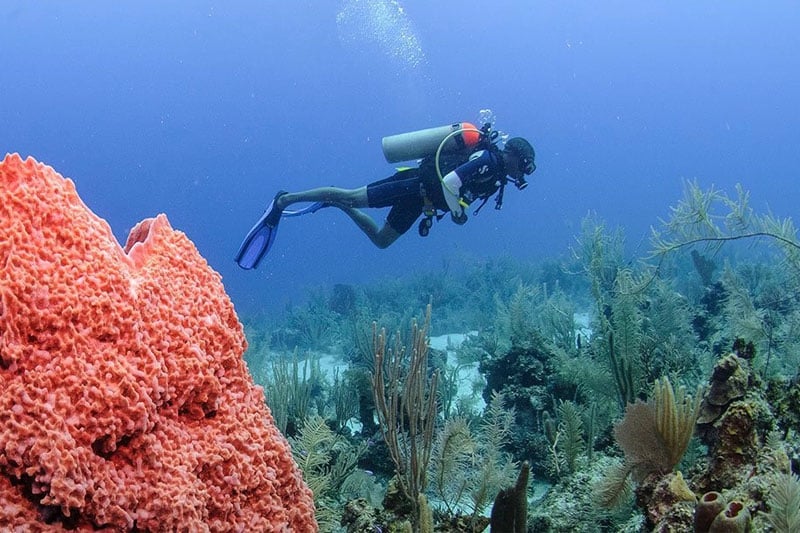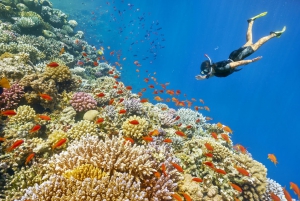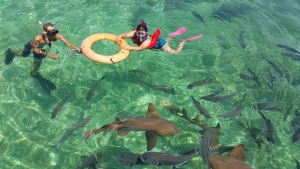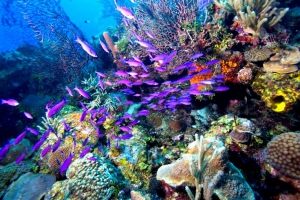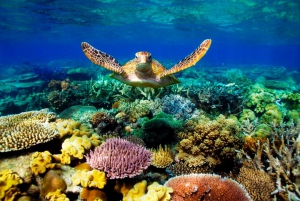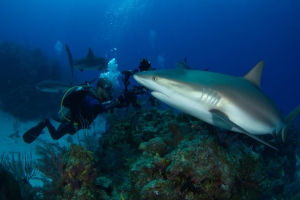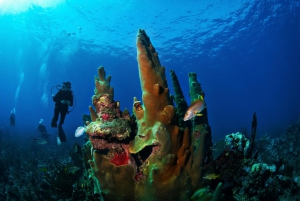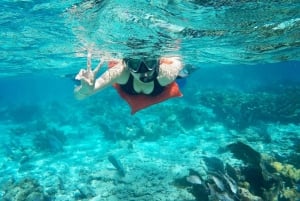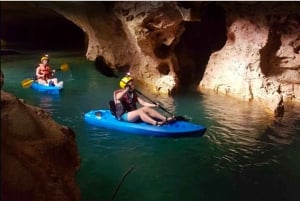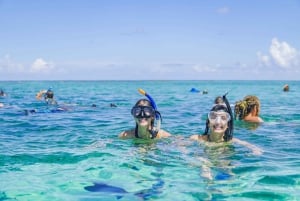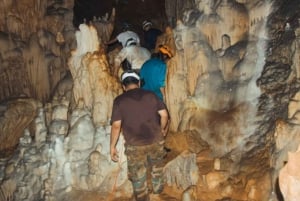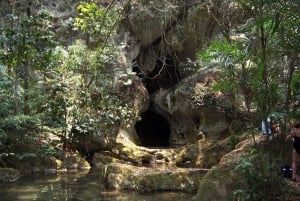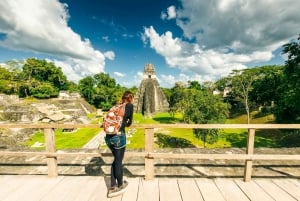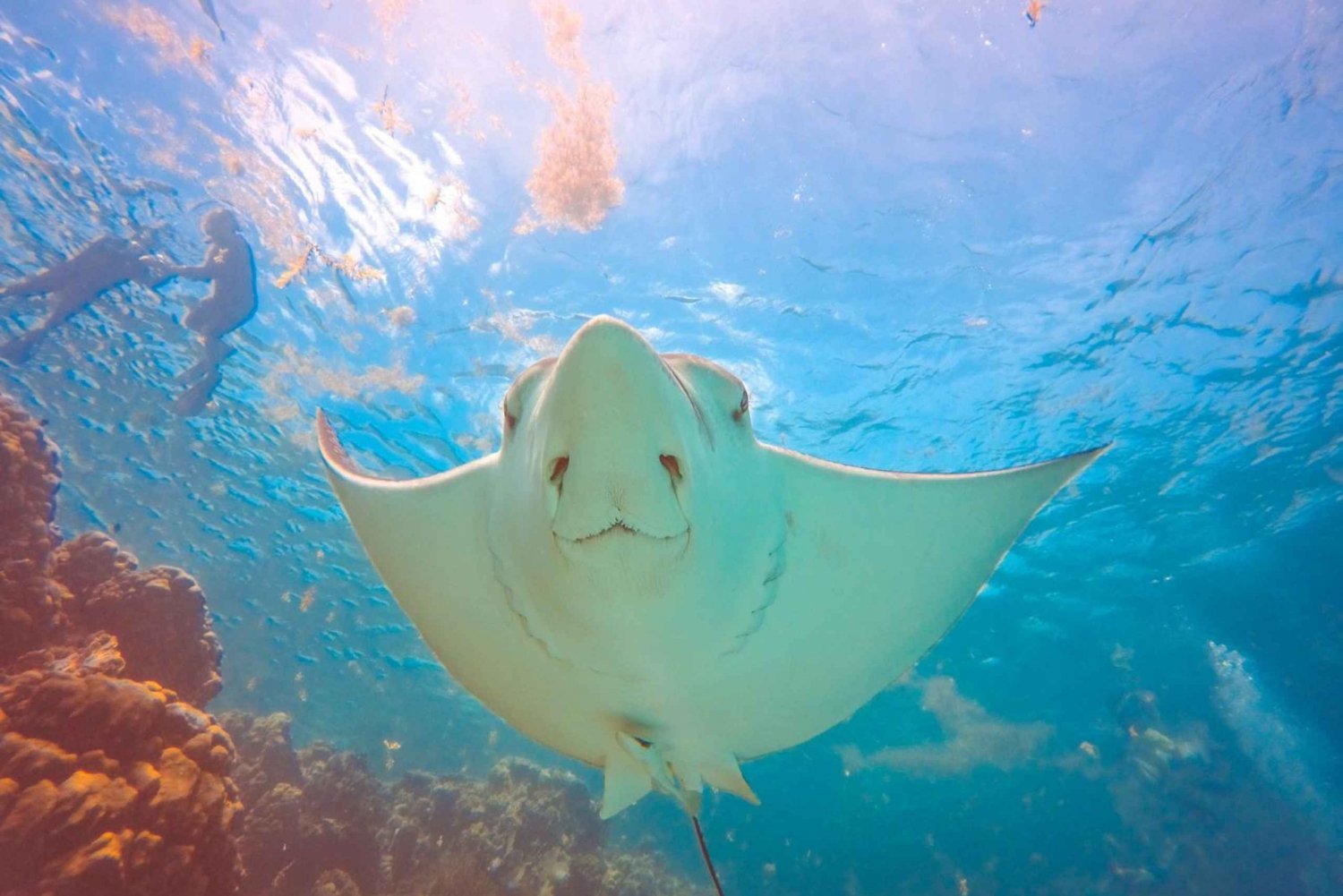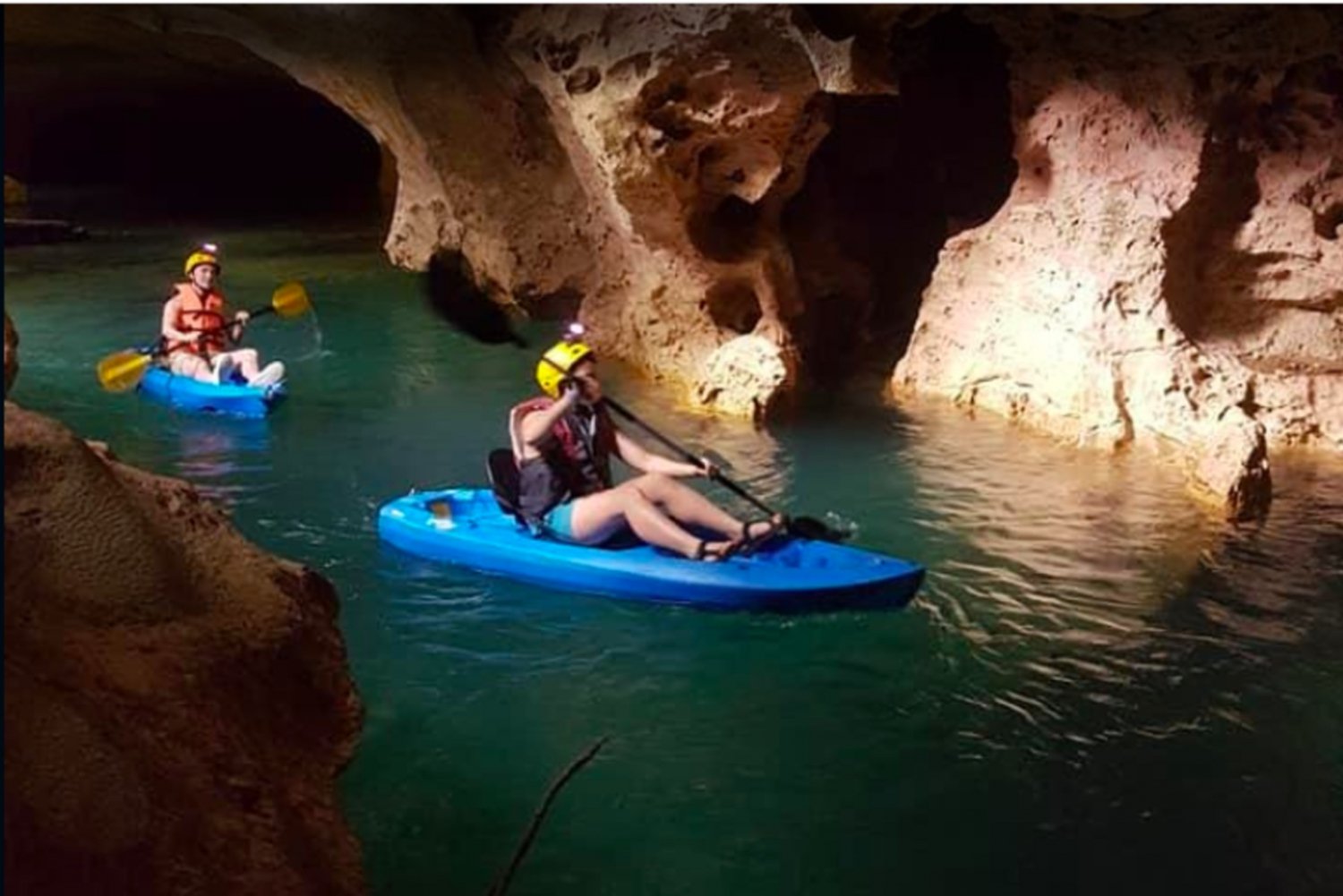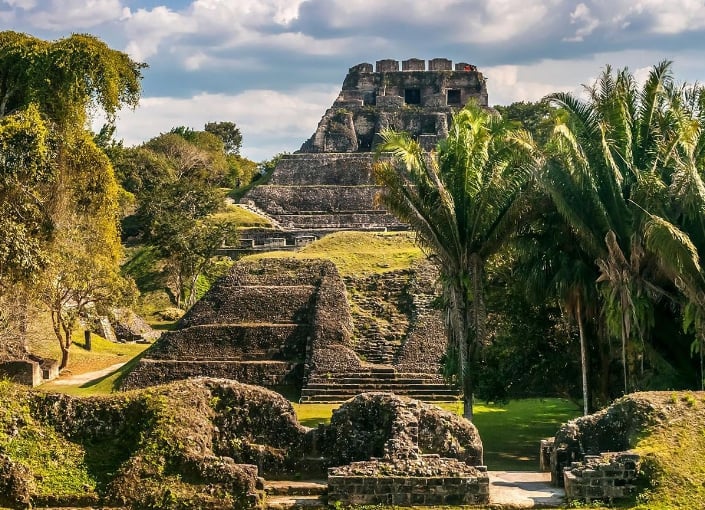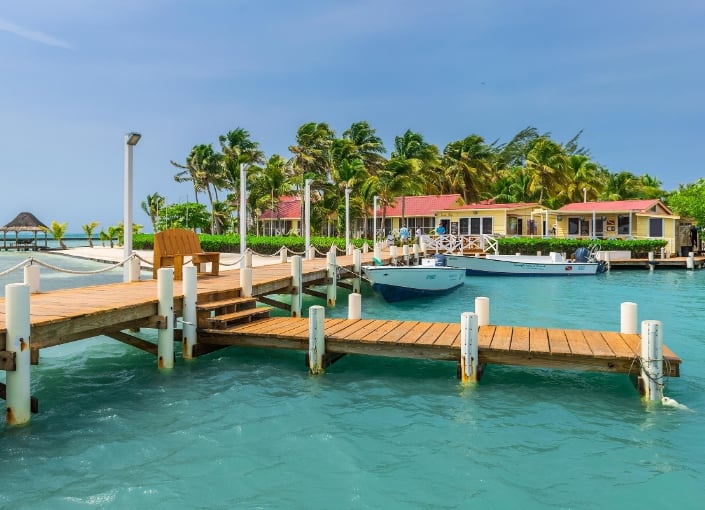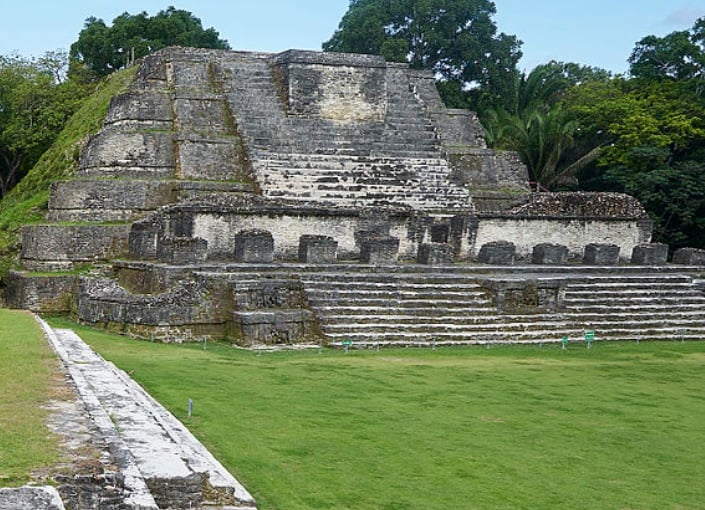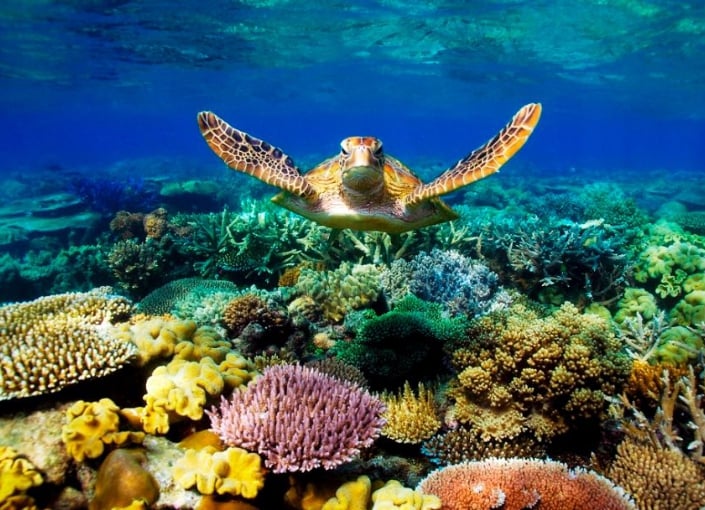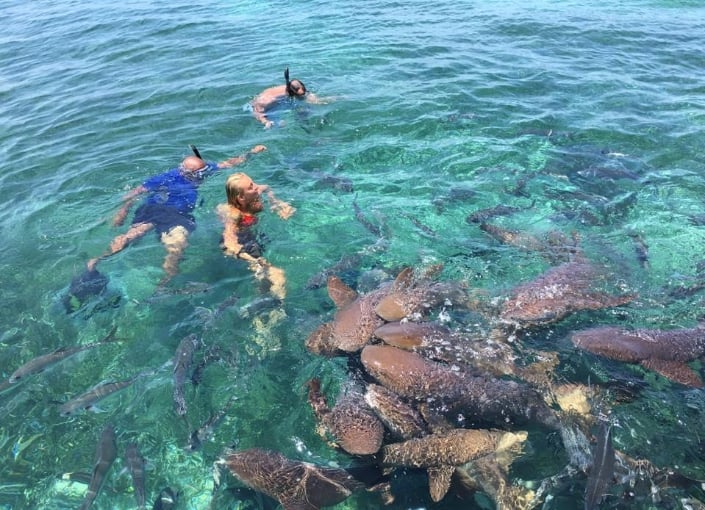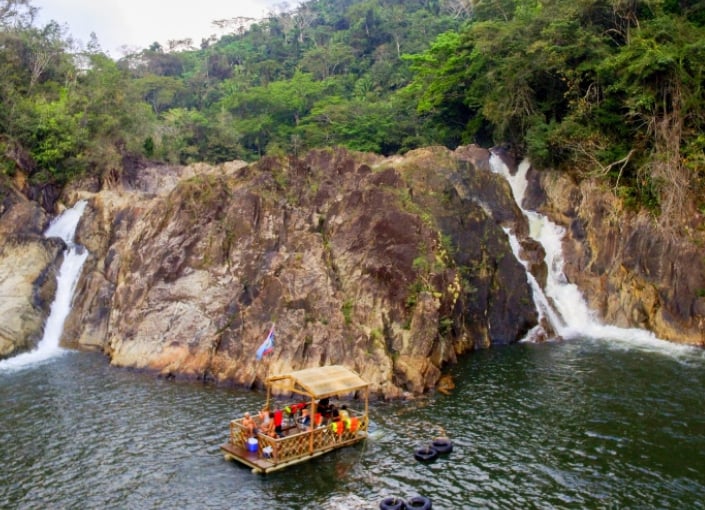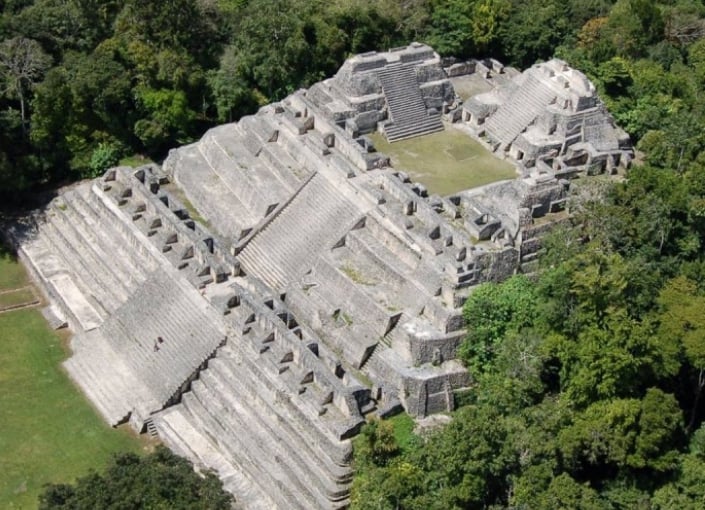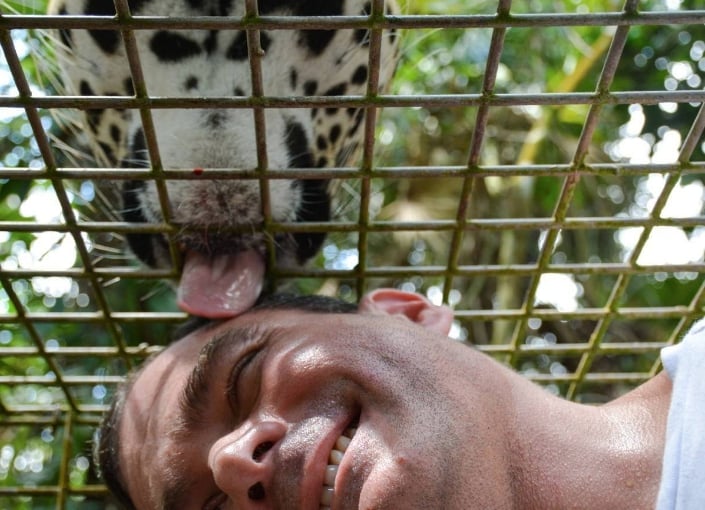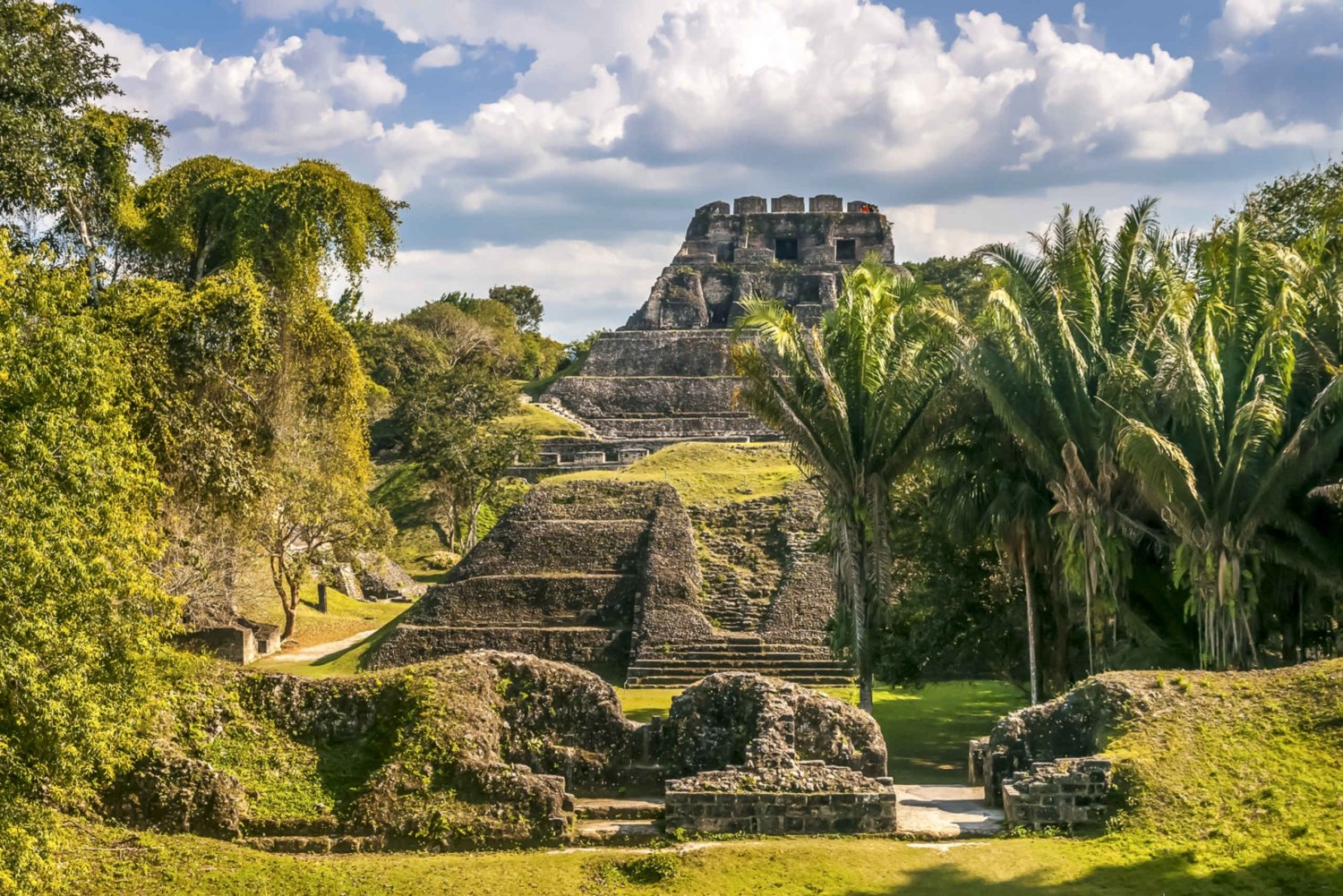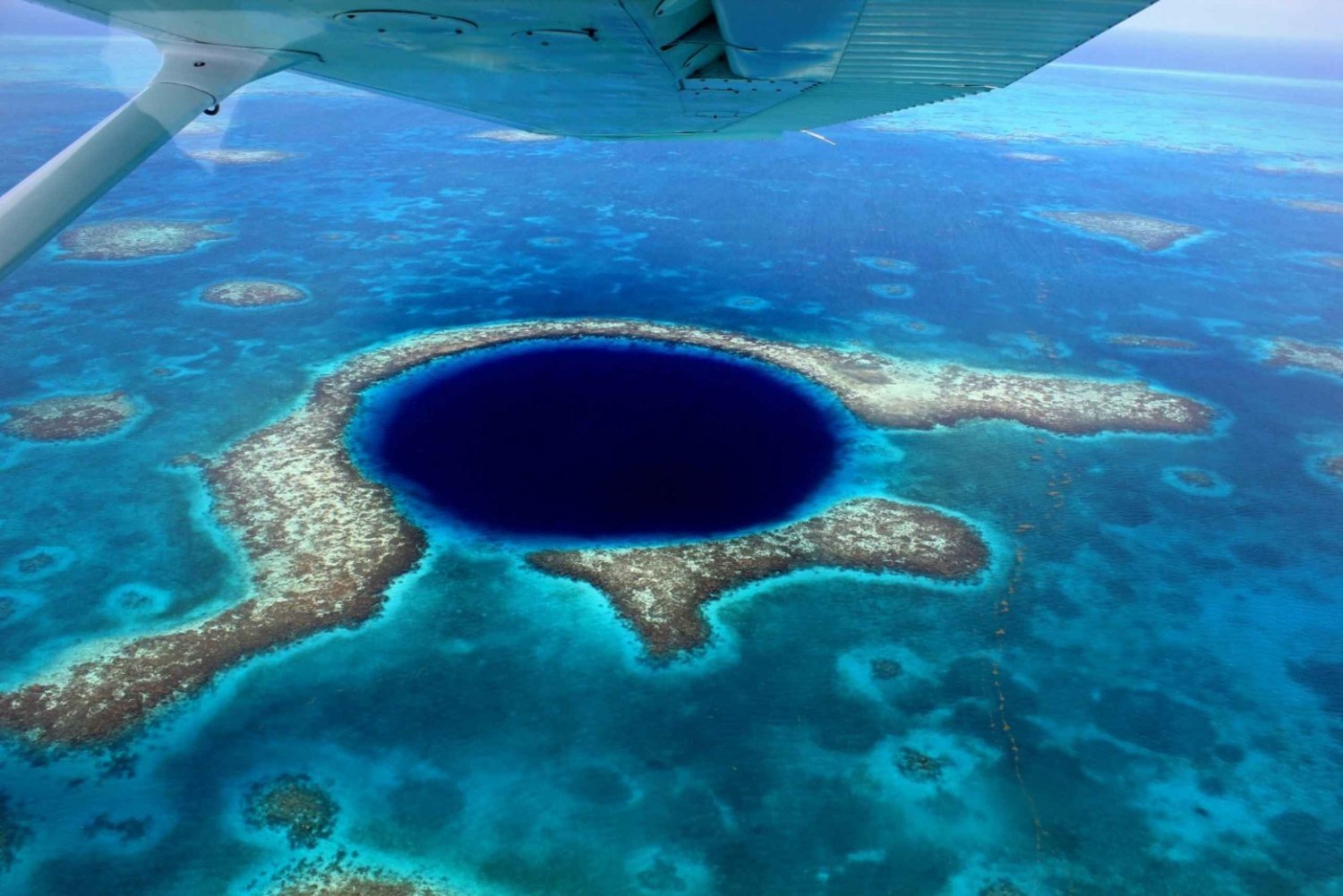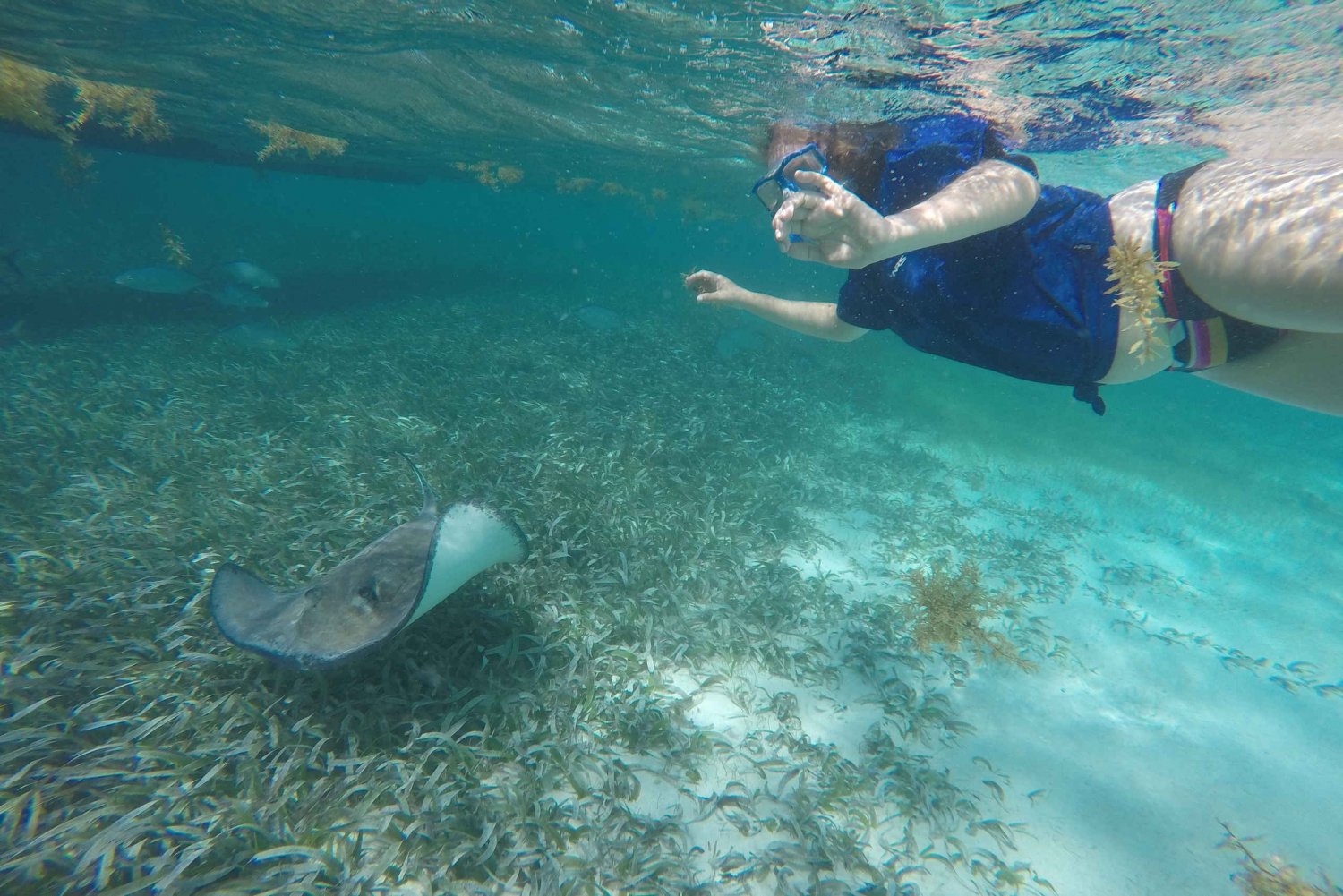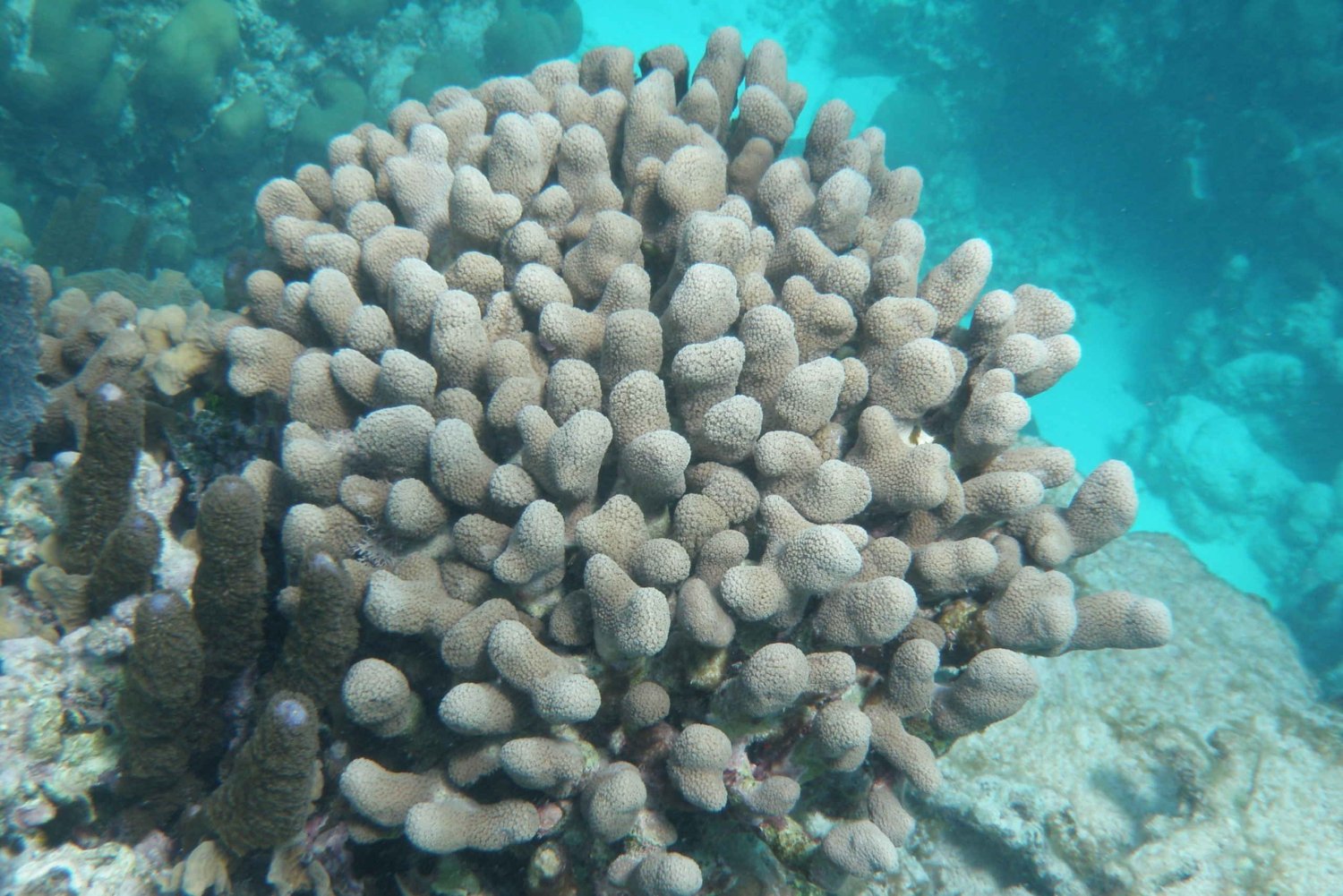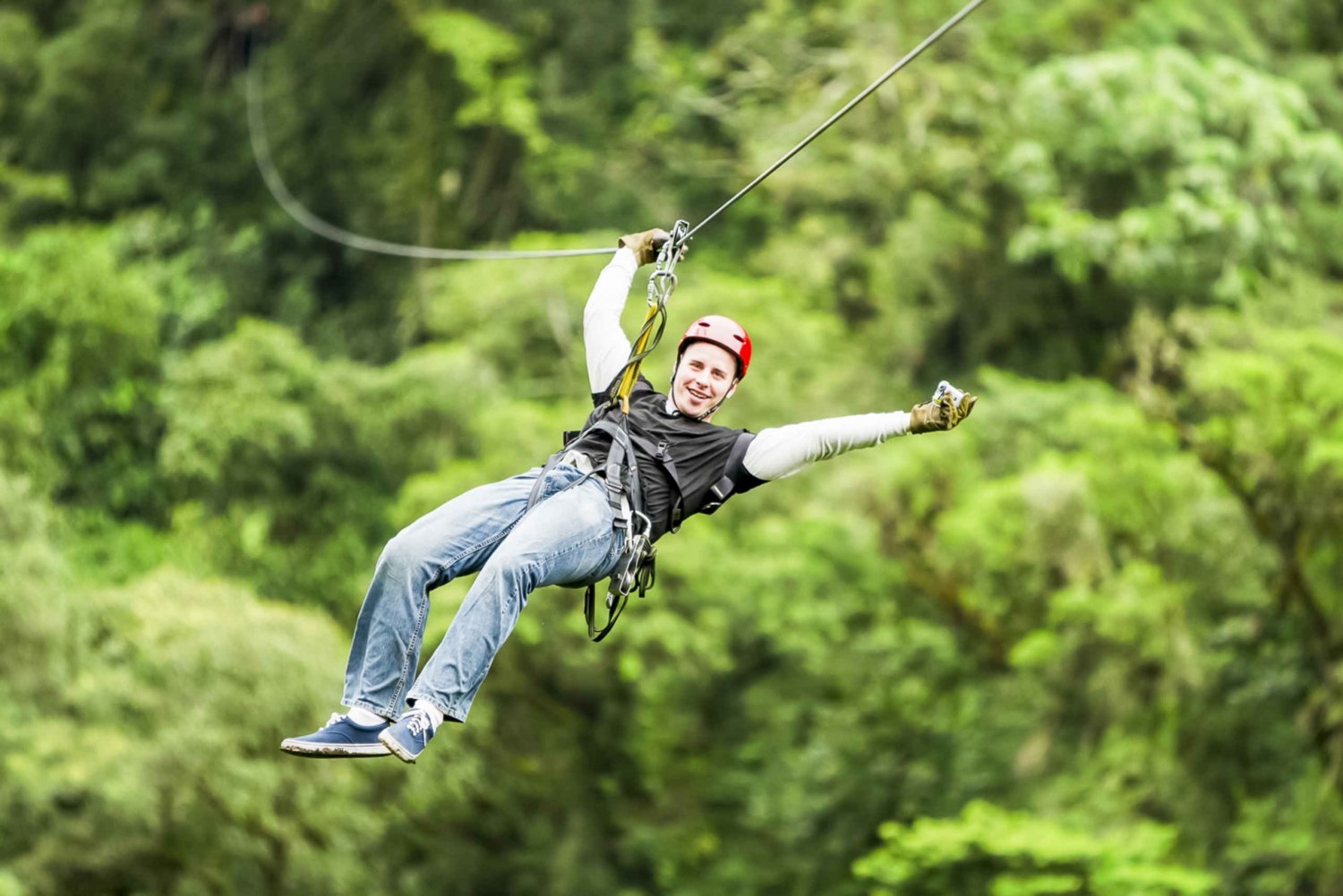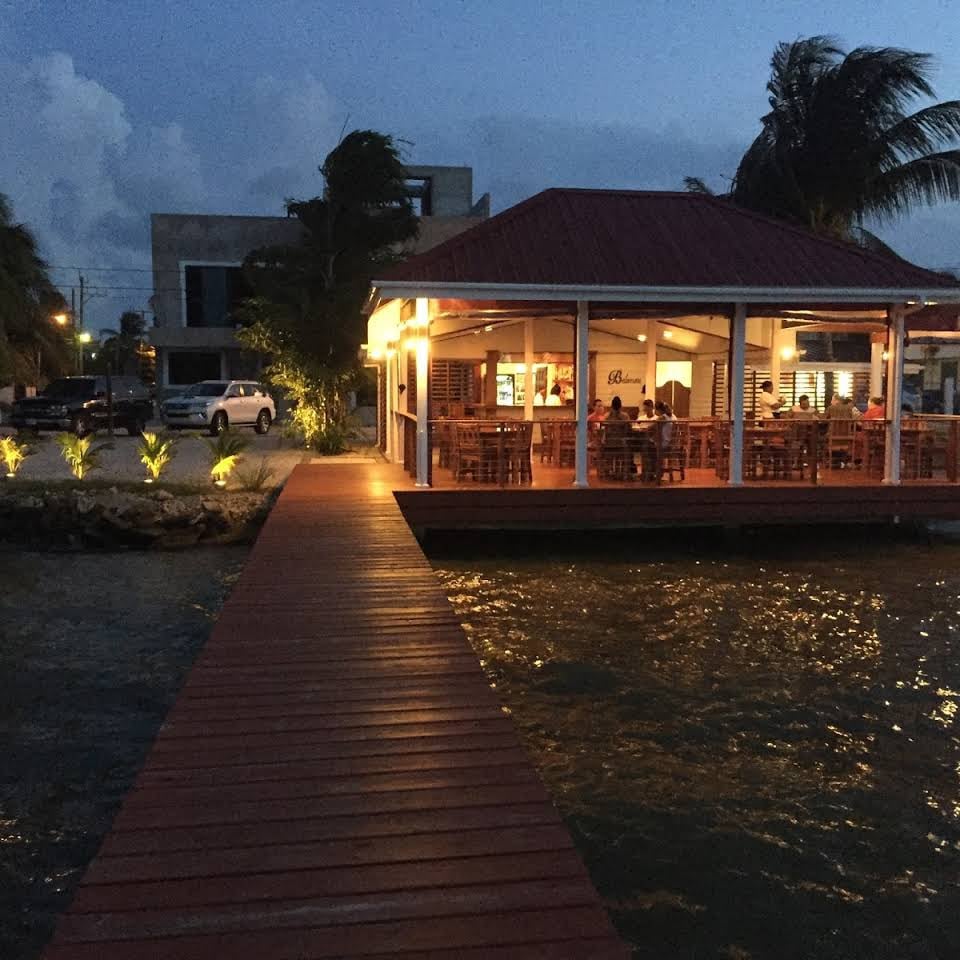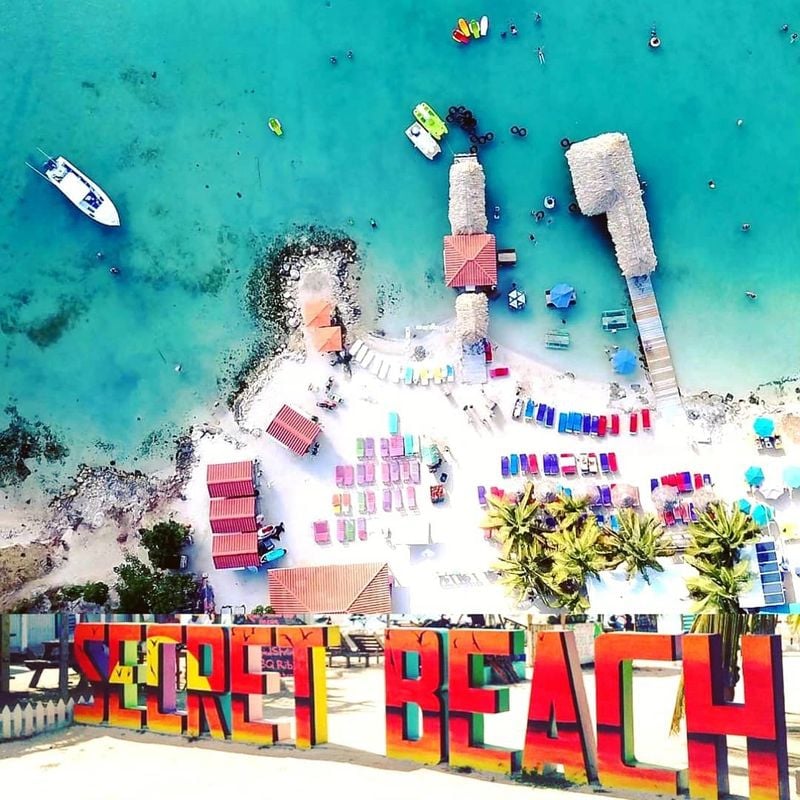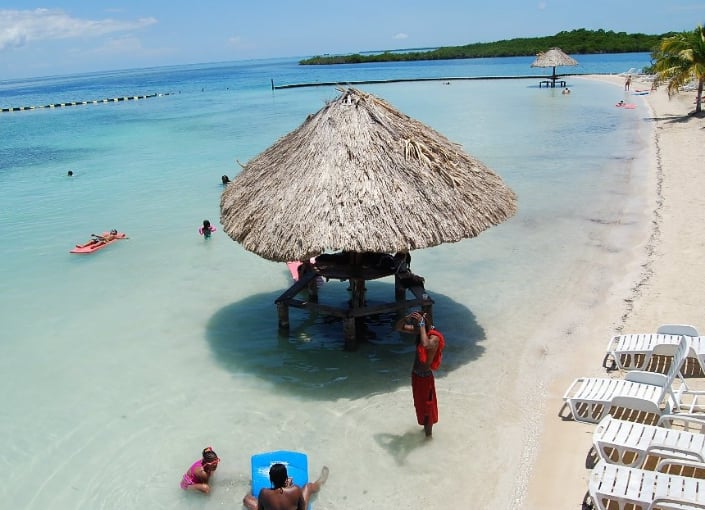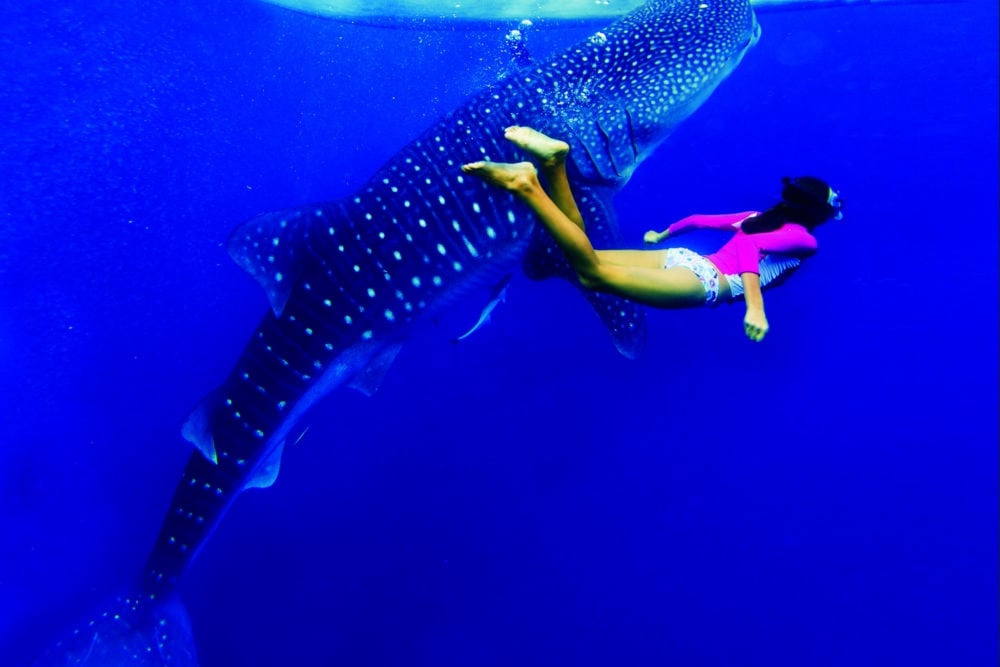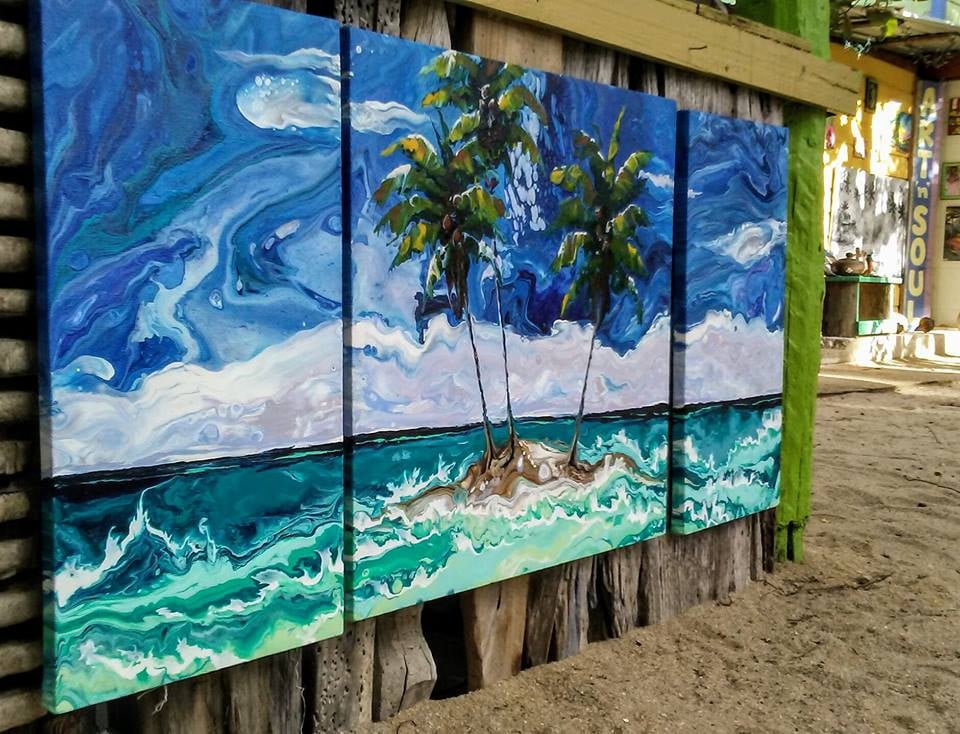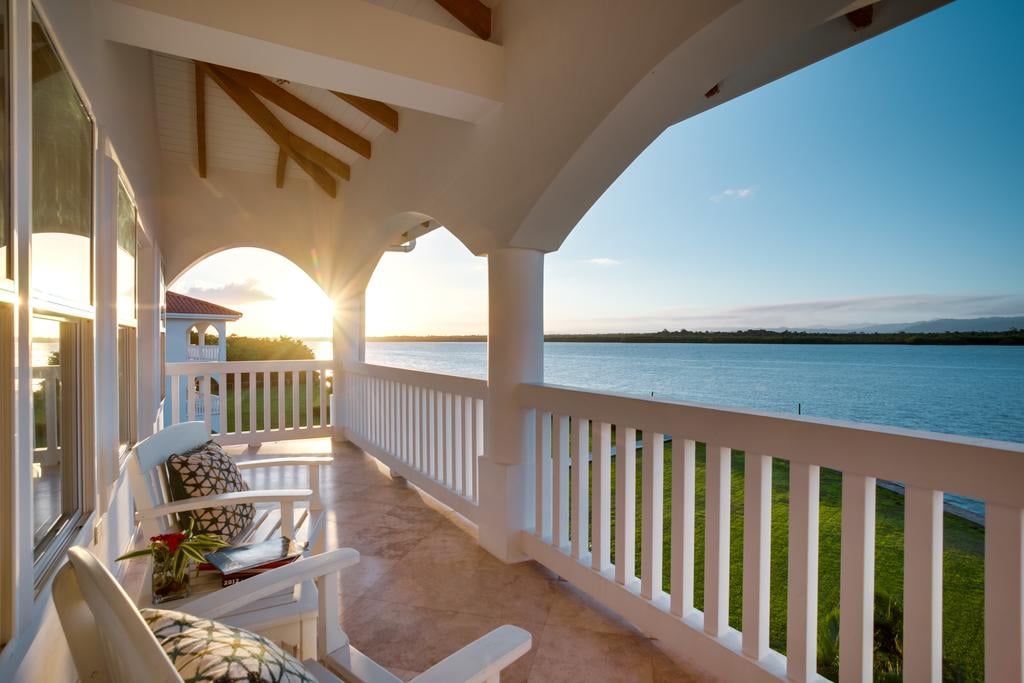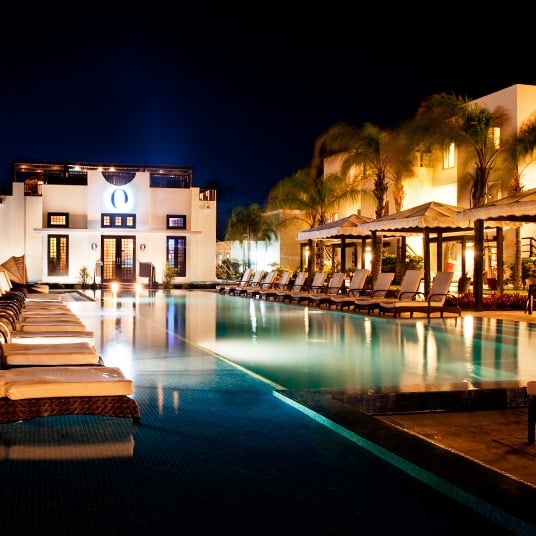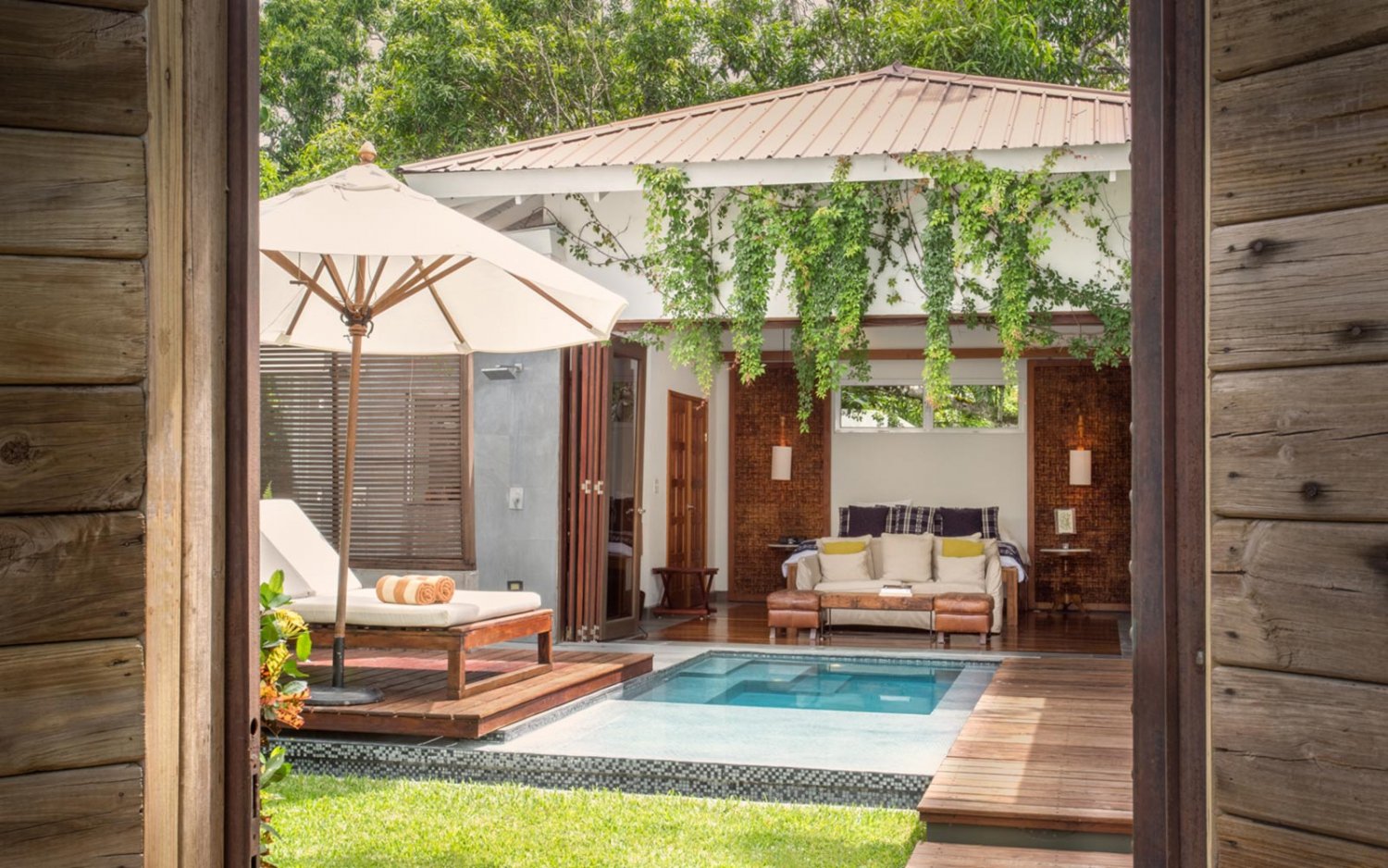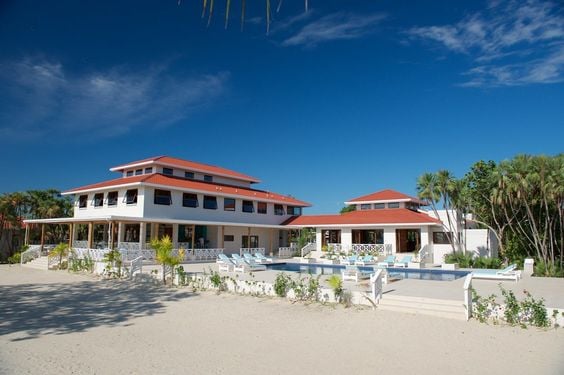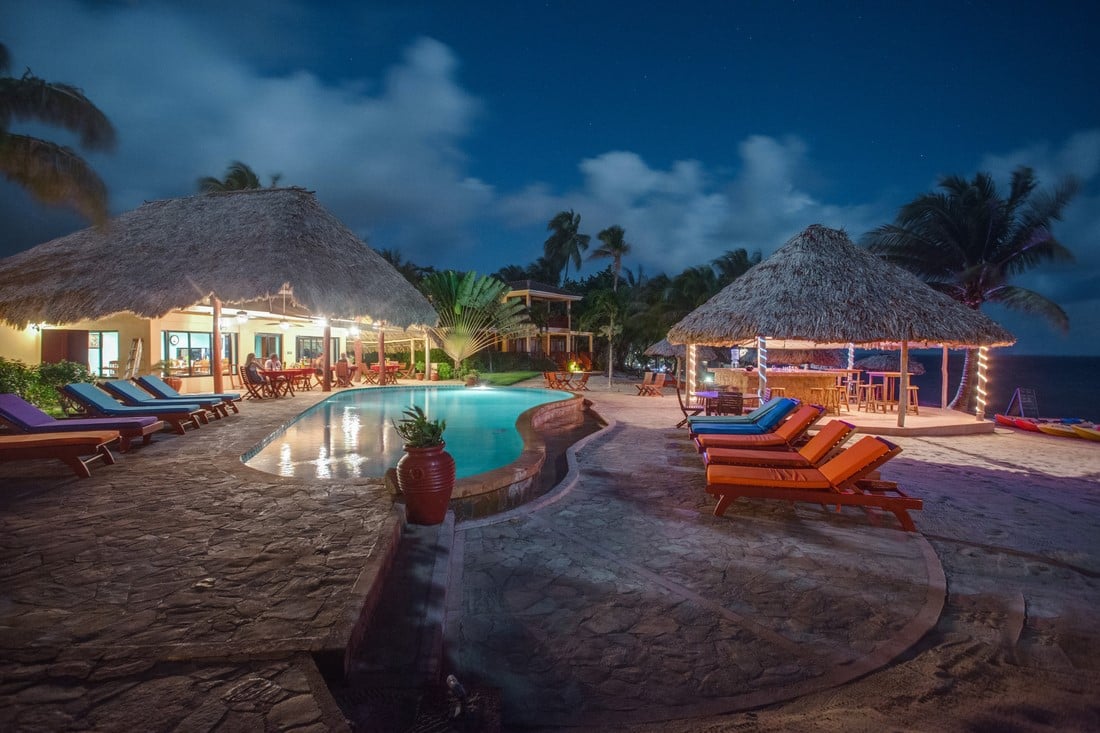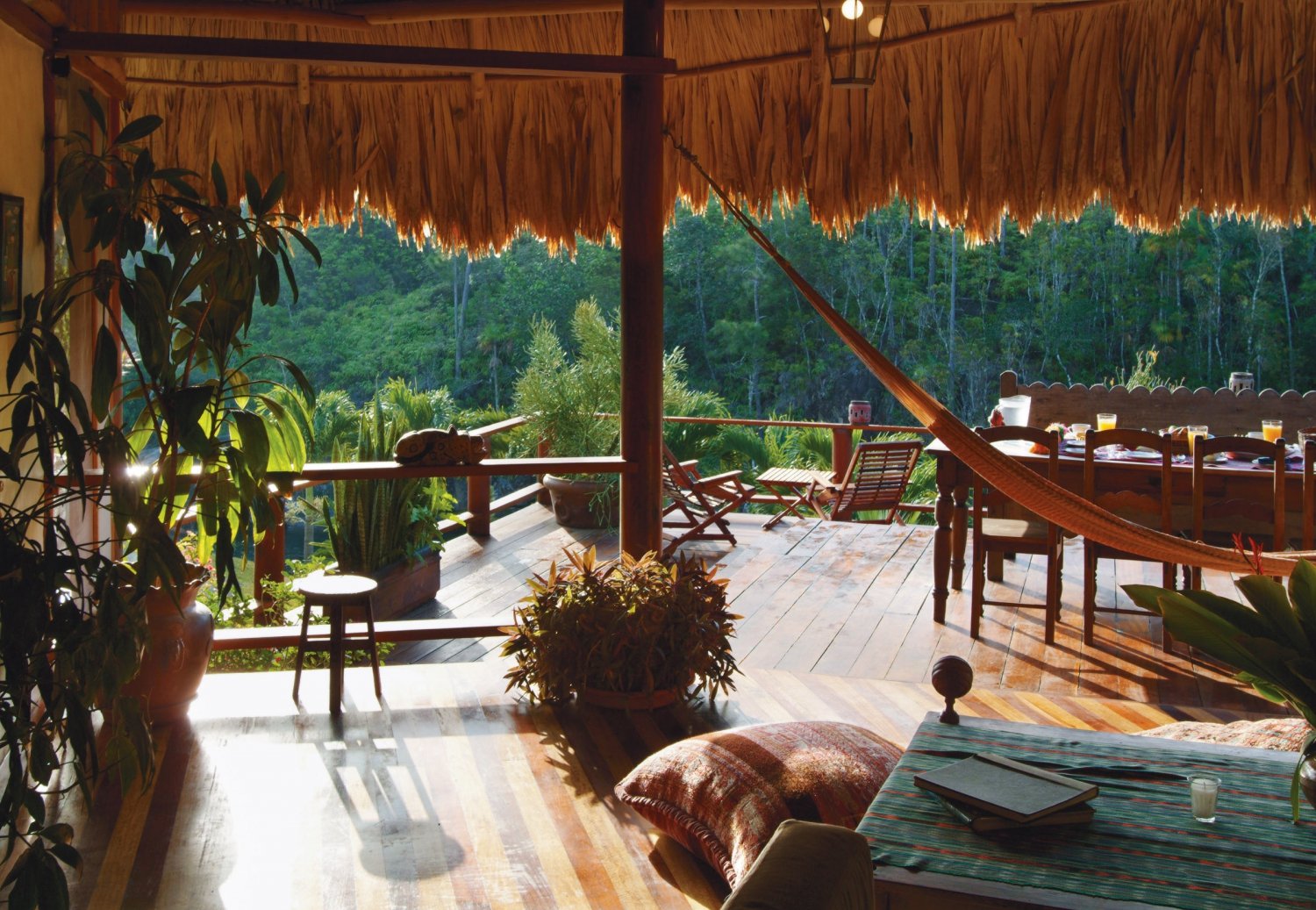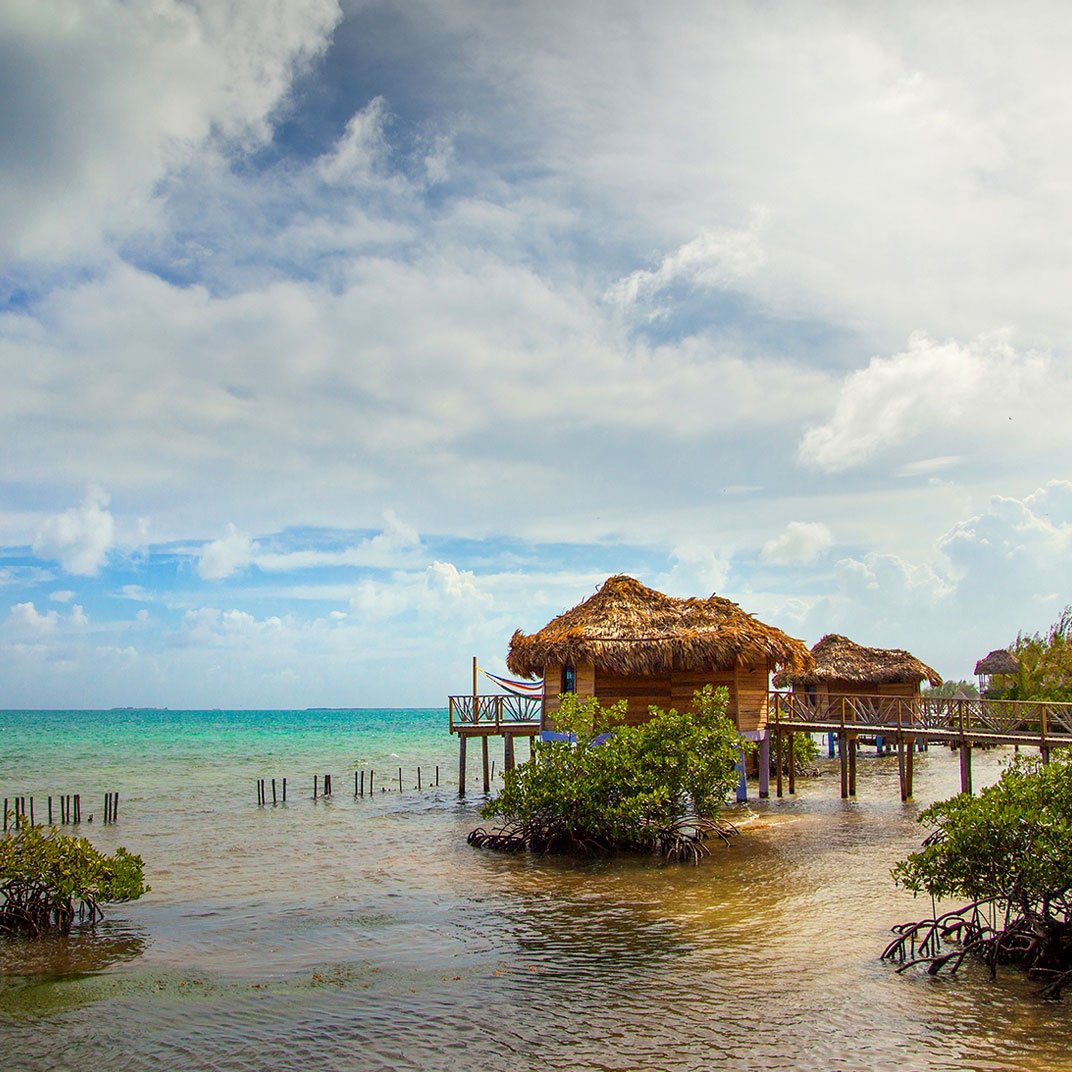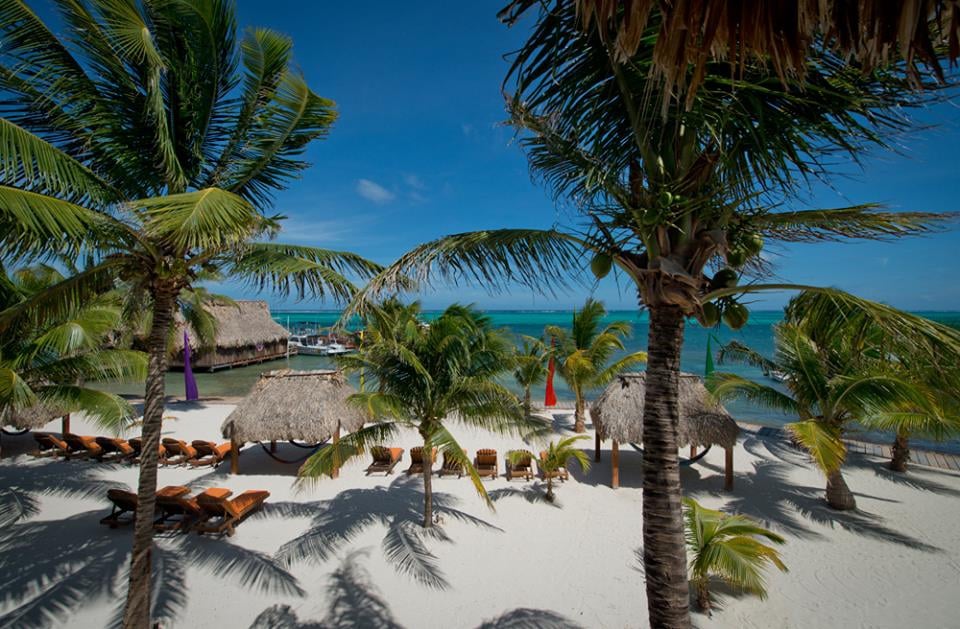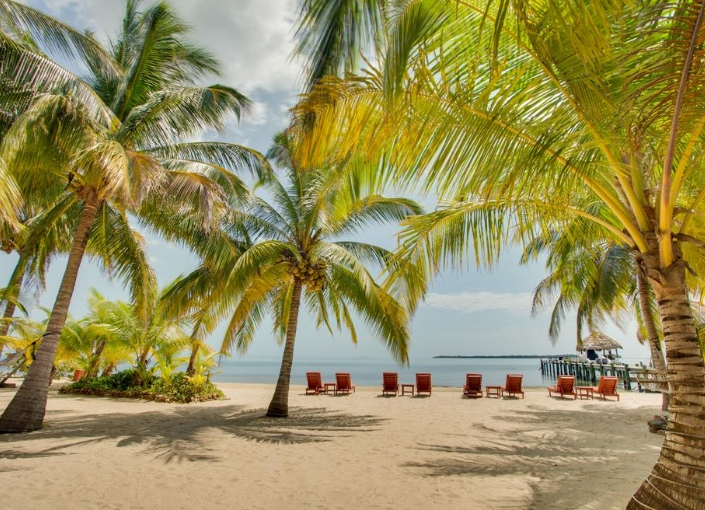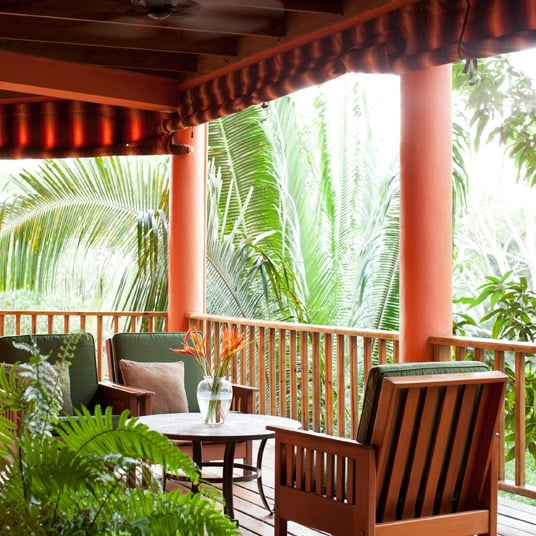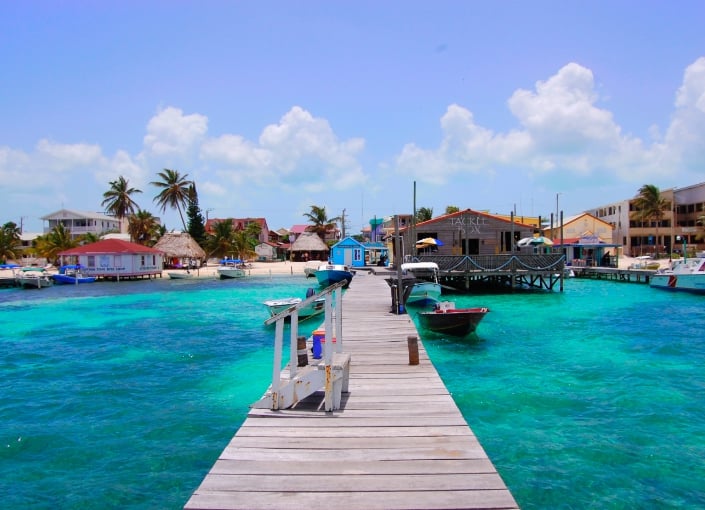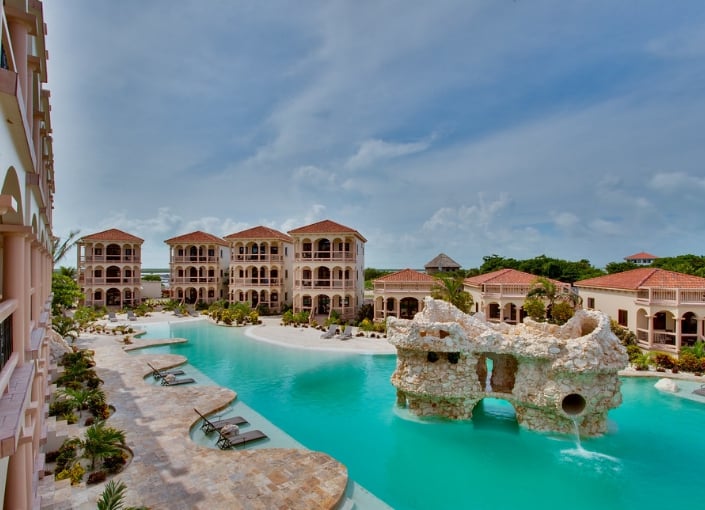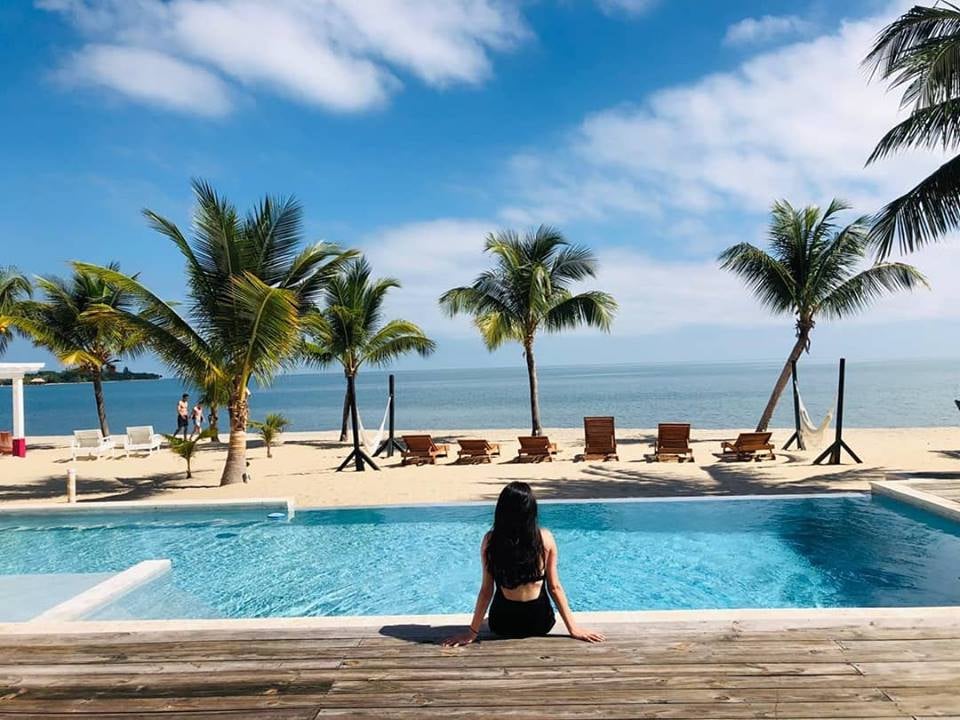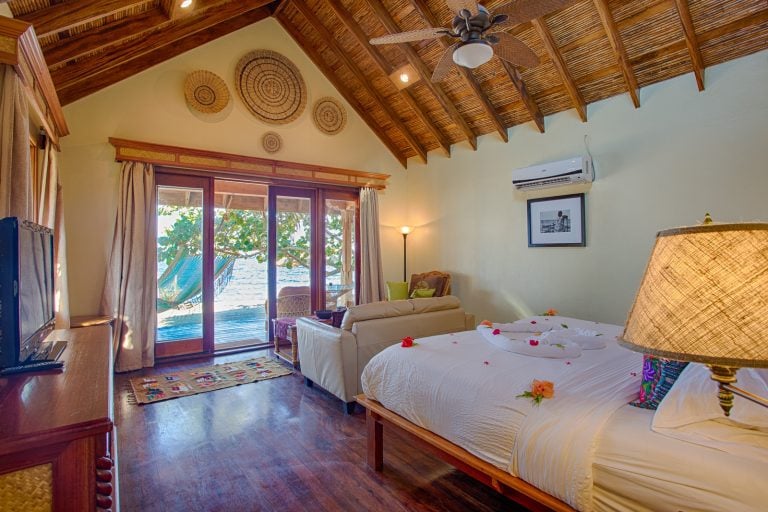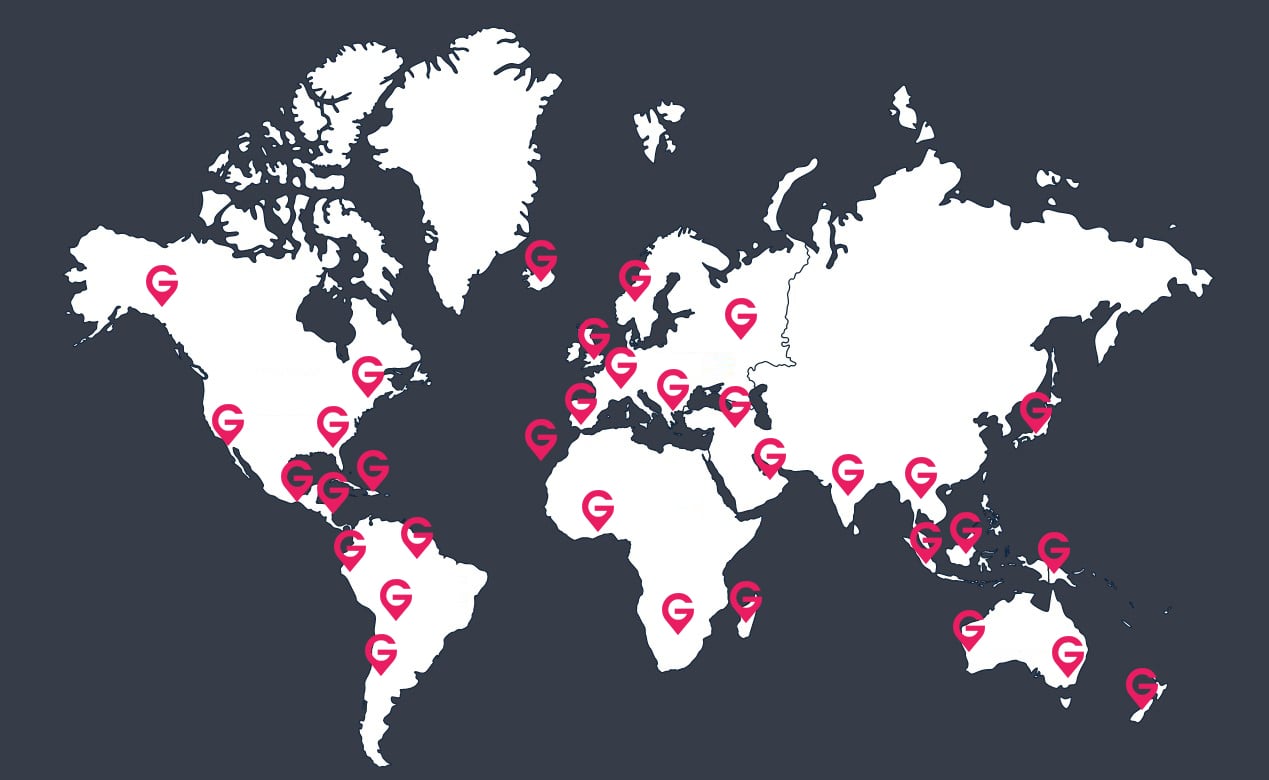Scuba Diving in Belize
Around 40% of Belize's land is mass protected - more than any country in the world. Because of this, Belize's natural attractions are superlative, from a dense inland forest to abundant wildlife, to the translucent Caribbean waters dotted with Keys.
Book Top Experiences and Tours in Belize:
If youʻre booking your trip to Belize last minute, we have you covered. Below are some of the top tours and experiences!- Caye Caulker: 7-Stop Snorkeling in the Belize Barrier Reef
- Belize City: Cave Kayaking with Zipline/Crystal Cave Options
- Caye Caulker: Hol Chan Marine Reserve 7-Stop Snorkeling Tour
- From Belize: One-Way Shared Shuttle to San Ignacio
- Belize: San Ignacio to/from Placencia or Hopkins Shuttle
The reefs, cays and atolls offer excellent opportunities for diving and snorkeling. While diving in the underwater world of Belize you will encounter a number of different types of coral. These include edge reefs, patch reefs, Faroe Islands, reefs and atolls.
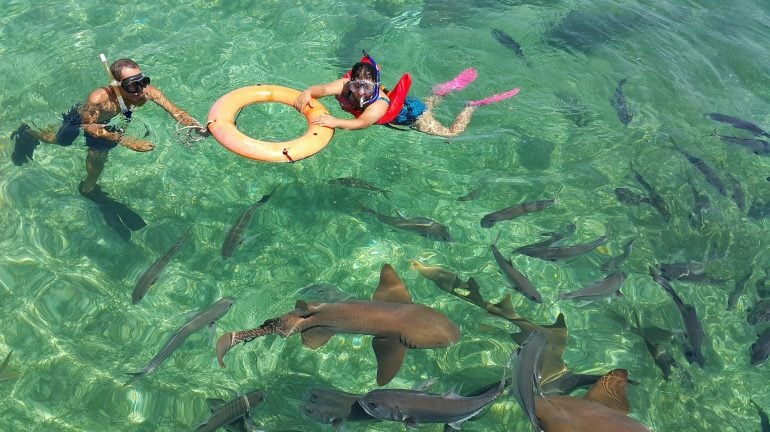 Snorekling with Sharks in Belize
Snorekling with Sharks in BelizeAmbergris Cay shares the same Caribbean coral reef as the bay islands in Honduras, and its most popular dive site is Hol Chan Marine Reserve, occupying three square miles of the southern tip of Ambergris Cay.
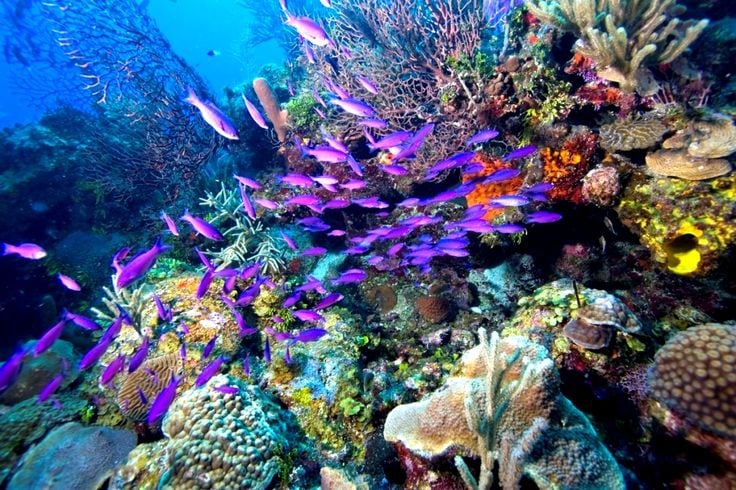 Ambergris Caye coral reefs
Ambergris Caye coral reefsBold divers should not miss the exciting diving experience of the Great Blue Hole, a circular sink 1000 feet transversely and almost 500 meters deep.On the other hand, Turneffe Atoll, the largest Atoll in the Caribbean, of Belize is made up of more than 200 islands, it houses countless tropical species of rough waves. The Atoll is surrounded by 60 Belize dive sites, with an extraordinary variety of underwater landscapes and marine life. Here you can find all the tropical marine life of the Caribbean, manta rays, sharks, turtles, dolphins, brunettes, and occasionally whale sharks as well as large schools of permit, horse eye cats and biting dogs.
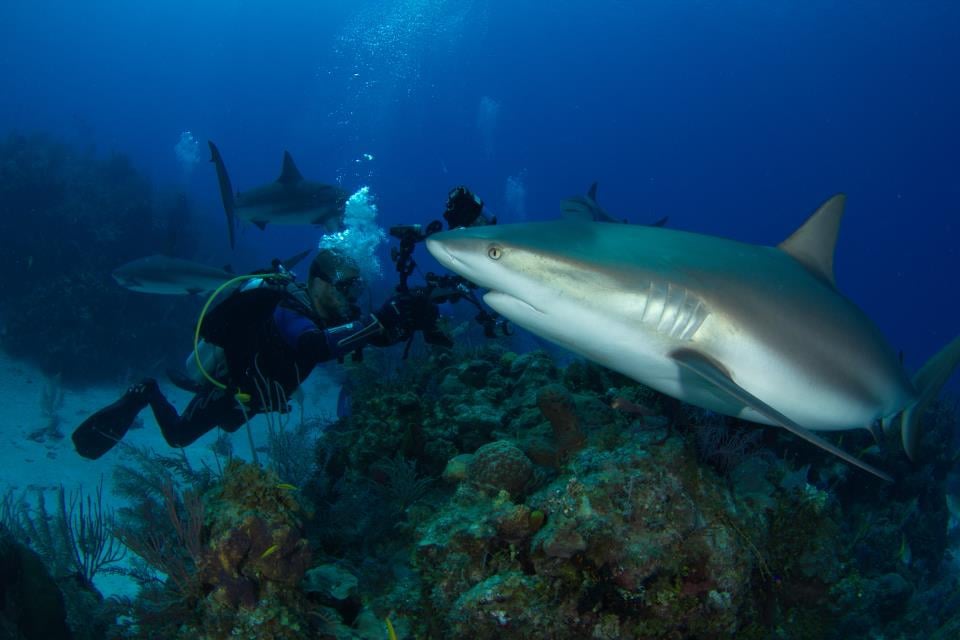 GGreat Blue Hole ding with sharks
GGreat Blue Hole ding with sharks Do not miss the incredible opportunity to dive with whale sharks. From April to June you can dive with these majestic animals in the Gladden area. Lamb and Cuberra snapper spawns here every year during the full moon, and giant whale sharks come to feed the offspring and mate.
Belize offers all ranges of diving, from the coast diving in shallow water to the depths of the great blue hole. Barrier reefs offer excellent beginner diving as in Hol Chan Marine Park (recently expanded to include Shark Ray Alley) a few kilometers south of Ambergris Caye. Diving many of its sites also offer diving opportunities for experienced divers.
Visibility along the coral reef tends to be poor during high winds, due to prevailing winds from north to east. However, diving in the faeces of the atolls generally guarantees good visibility (average 100 feet). Diving the three atolls abroad allows the best conditions. Unfortunately, once you have experienced the incredible visibility of the waters of Belize, you can become spoiled.
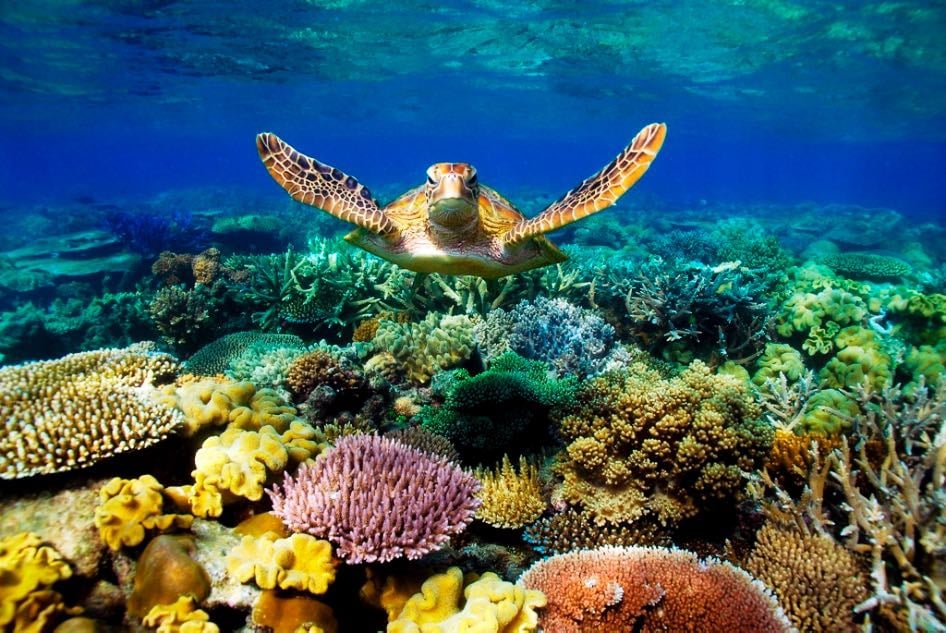 Belizes Coral Reefs
Belizes Coral ReefsCurrents in Belize tend to be surface currents in the north direction. This northern current creates a thin south countercurrent directly in front of the coral reef and around the Belize atolls. Also between the barrier and the mainland, currents tend to travel south. But the strong currents are generated by the tides. Although the tide is small, abundant cuts through the coral reef can restrict water flow and cause strong local and temporary currents of up to 1.5 knots. These jumps in the coral reef are an excellent habitat for pelagic species and rich coral growth.


